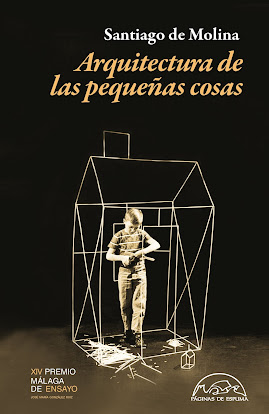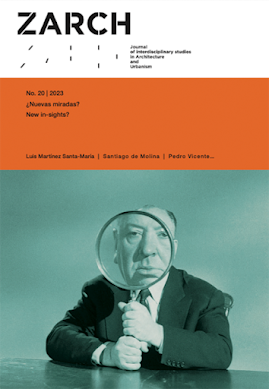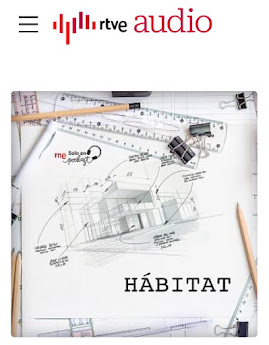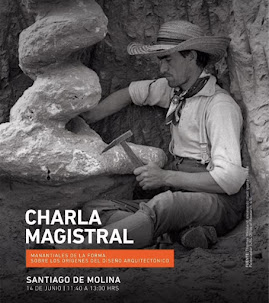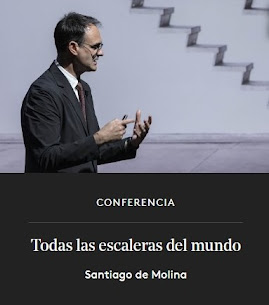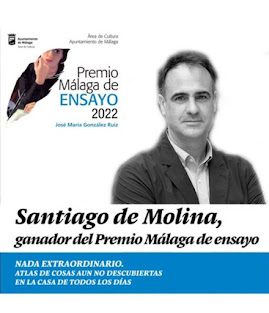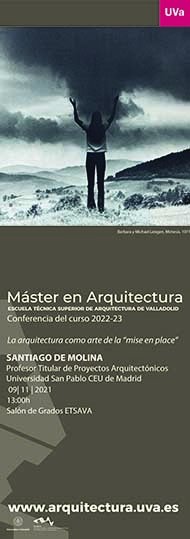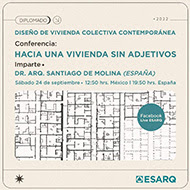Ciertamente las balas de paja se acumulan en los campos con un azar que de tan maravillosamente orquestado a veces parece obra del mismísimo Donald Judd, pero de ahí a construir un templo "in antis" con este material, la cosa es ir muy lejos.
La paja puede ser un buen relleno, incluso un magnífico aglutinante para el barro que con sus fibras dota de algo más de perduración al muro de arcilla propio del viejo mundo rural del siglo pasado o del hipersensibilizado ecologismo contemporáneo. Si se apura, incluso hay quienes lo emplean como aislamiento térmico no sin esfuerzo y buena voluntad. Pero, pensar en algo sagrado como un templo, hecho de paja, y dado el mal resultado del experimento relatado por el popular cuento, sitúa este ejemplo en la órbita de la pura posmodernidad. El tejado a dos aguas, también de paja, o el intento de tallar la redondez de una columna en un fardo, asimilando eso a un sillar de piedra, posee una innegable y juguetona ironía.
El lobo, sabemos, vino después. Se llamaba Robert Venturi. Y sopló. No demasiado, hasta que vimos todos salir al inocente cerdito de Michael Graves, (pongan aquí el nombre del posmoderno que deseen), huyendo a la carrera a la casa de madera de su hermano...
Certainly, straw bales accumulate in the fields with a randomness that is so wonderfully orchestrated it sometimes seems like the work of Donald Judd himself, but to build an ‘in antis’ temple with this material is going too far.
Straw can be a good filler, even a magnificent binder for mud that with its fibers gives a bit more permanence to the clay wall typical of the old rural world of the last century or of hypersensitive contemporary ecologism. If you push it, there are even those who use it as thermal insulation, not without effort and goodwill. But, to think of something sacred like a temple, made of straw, and given the bad result of the experiment narrated by the popular tale, places this example in the orbit of pure postmodernity. The gabled roof, also of straw, or the attempt to carve the roundness of a column in a bale, assimilating that to a stone block, has an undeniable and playful irony.
The wolf, we know, came later. His name was Robert Venturi. And he blew. Not too much, until we all saw the innocent piglet of Michael Graves, (insert here the name of the postmodernist you wish), running away to his brother’s wooden house...











